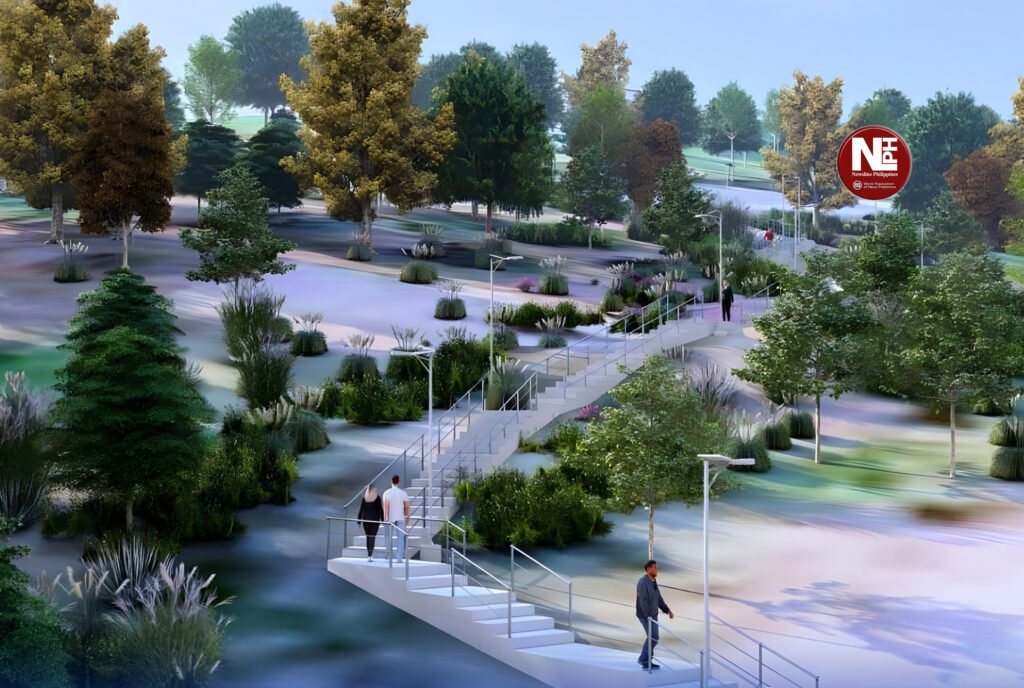
QUEZON, BUKIDNON (October 28) — The Department of Public Works and Highways (DPWH) has rolled out a four- to five-month rehabilitation plan for the landslide-hit Bukidnon–Davao (BuDa) Road, a vital artery linking Northern Mindanao and the Davao Region.
The plan, presented during an October 23 coordination meeting in Barangay Libertad, Quezon, involves soil and rock testing, phased reconstruction, and the opening of temporary routes to keep local access while repairs are underway.
DPWH Secretary Vince Dizon said the detour construction will take up to five months, with geotechnical tests spanning two months to ensure long-term stability. “Our priority is to reopen the road safely without compromising structural integrity,” Dizon emphasized.
DPWH–Northern Mindanao Director Engr. Lilibeth Aparecio said the project will start with detailed testing before three months of full construction. She added that a temporary passage for residents and light vehicles will soon open to ease mobility.
Quezon Mayor Poling Lorenzo thanked the DPWH for its swift response but urged consideration of the road closure’s impact on local trade, commuters, and transport operators.
The BuDa Road, a key trade and tourism corridor connecting Cagayan de Oro and Davao City, was closed on October 18 after a massive landslide in Barangay Overview, Palacapao, destroyed a major section of the highway. The collapse, triggered by continuous rainfall and ground movement, claimed the lives of Ely and Thelma Ubatay, a couple from Kitaotao who were found embracing inside their small vehicle after days of rescue efforts.
DPWH teams have vowed to integrate long-term slope protection, drainage upgrades, and retaining structures in coordination with the Mines and Geosciences Bureau to reduce future risks.
As clearing and testing continue, motorists are advised to use alternate routes via Valencia–Kapalong–Talaingod or Maramag–Kidapawan–Digos.
For residents and traders across Mindanao, the reopening of BuDa Road is more than a return of connectivity — it’s a symbol of resilience and recovery for communities that rely on this lifeline between the island’s northern and southern regions.

